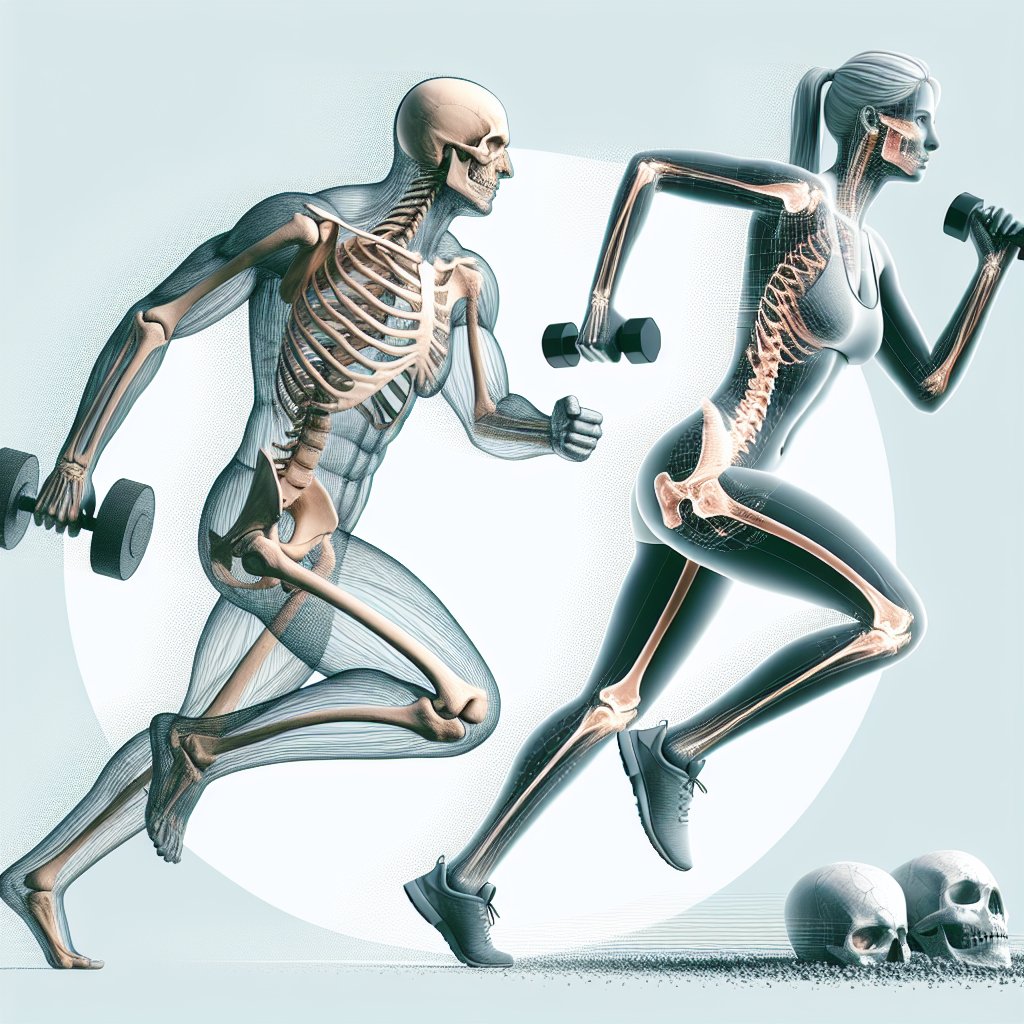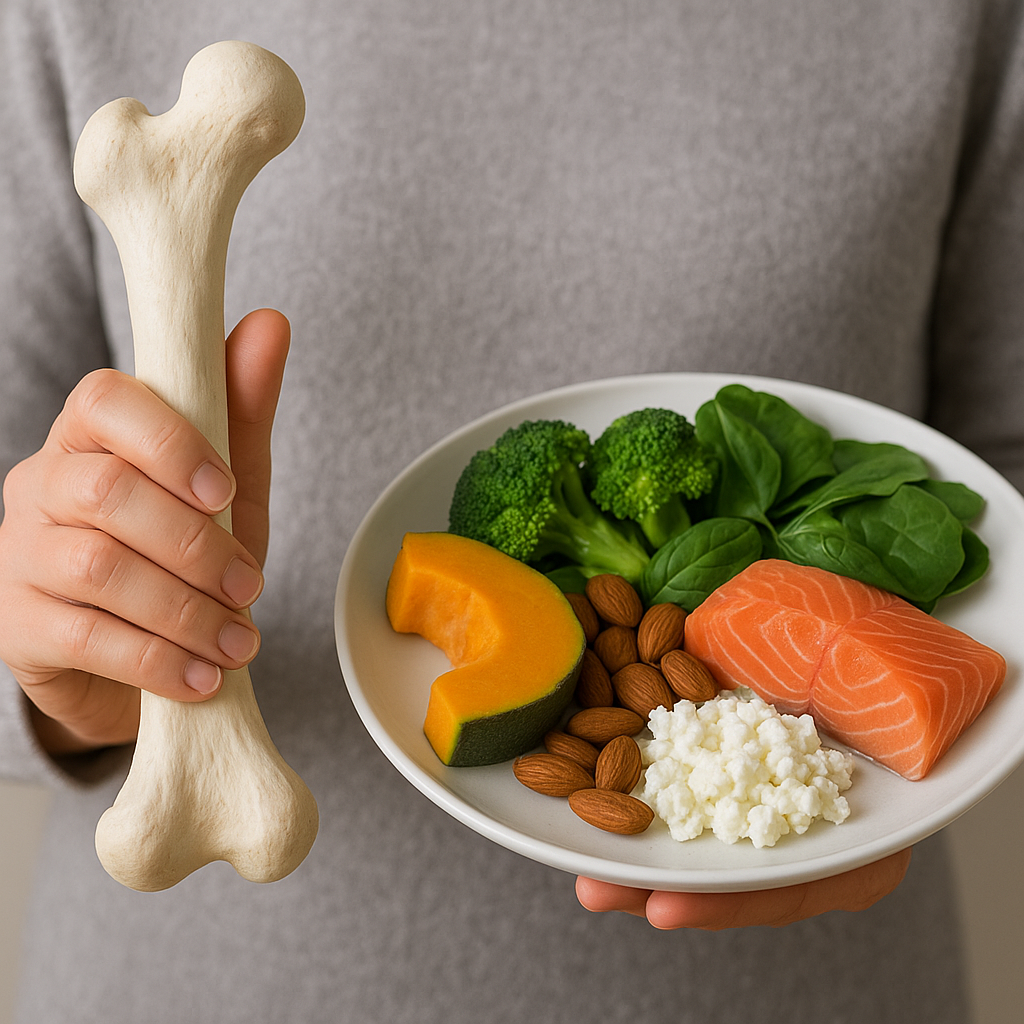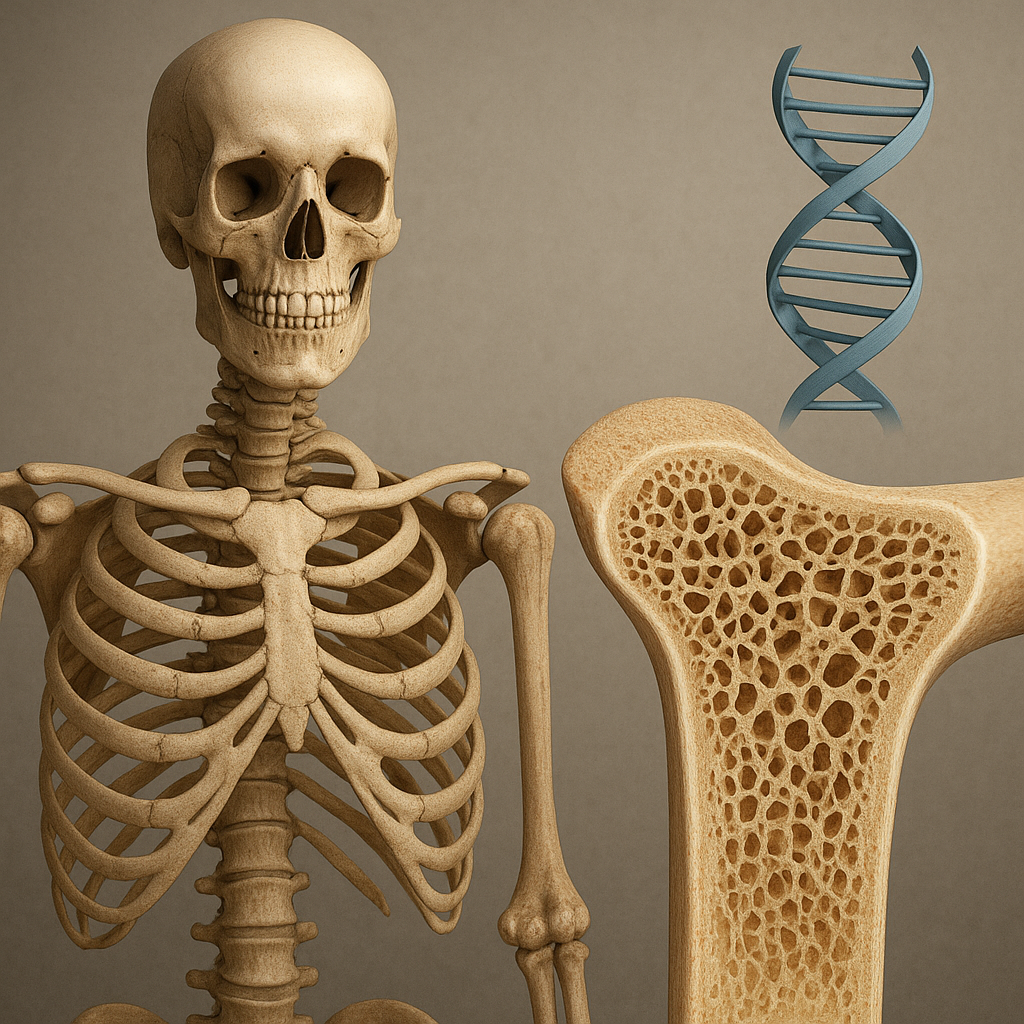The impact of exercise on bone health is a crucial topic that has garnered significant attention in recent years. As we age, maintaining strong and healthy bones becomes increasingly important to prevent conditions such as osteoporosis and fractures. Exercise plays a vital role in promoting bone density and overall skeletal health. This article will explore the various ways in which physical activity influences bone health, the types of exercises that are most beneficial, and the implications for different age groups.
Understanding Bone Health
Bone health is determined by a variety of factors, including genetics, nutrition, and physical activity. Bones are living tissues that undergo a continuous process of remodeling, where old bone is broken down and new bone is formed. This process is influenced by mechanical stress, which is where exercise comes into play. When we engage in physical activity, our bones respond to the stress by becoming denser and stronger. This is particularly important during the formative years of childhood and adolescence, as well as during the aging process.
Bone density is a measure of the amount of mineral matter per square centimeter of bone. Higher bone density is associated with a lower risk of fractures and osteoporosis. Factors such as hormonal changes, nutritional deficiencies, and sedentary lifestyles can lead to decreased bone density, making it essential to incorporate exercise into daily routines.
The Role of Exercise in Bone Health
Exercise contributes to bone health in several ways. It stimulates bone formation, enhances balance and coordination, and helps maintain a healthy weight, all of which are crucial for preventing falls and fractures. The following sections will delve into the specific types of exercises that are most effective for promoting bone health.
Weight-Bearing Exercises
Weight-bearing exercises are activities that force you to work against gravity. These exercises are particularly beneficial for bone health as they stimulate bone formation and increase bone density. Examples of weight-bearing exercises include:
- Walking: A simple yet effective way to promote bone health. Regular brisk walking can help maintain bone density.
- Running: This high-impact activity places significant stress on the bones, leading to increased bone strength.
- Jumping: Activities such as jumping rope or plyometric exercises can significantly enhance bone density.
- Hiking: This combines weight-bearing exercise with the added benefit of being outdoors, which can improve mental health as well.
Resistance Training
Resistance training, also known as strength training, involves exercises that use resistance to build muscle strength. This type of exercise is crucial for bone health as it not only strengthens muscles but also stimulates bone growth. Some effective resistance training exercises include:
- Weightlifting: Using free weights or machines can help increase bone density in various areas of the body.
- Bodyweight exercises: Movements such as squats, push-ups, and lunges can effectively build strength and promote bone health.
- Resistance bands: These provide a versatile way to perform strength training exercises that are gentle on the joints.
Balance and Flexibility Exercises
While weight-bearing and resistance exercises are essential for building bone density, balance and flexibility exercises play a crucial role in preventing falls, which can lead to fractures. Incorporating activities such as:
- Yoga: Improves flexibility, balance, and strength, reducing the risk of falls.
- Tai Chi: This ancient practice focuses on slow, controlled movements that enhance balance and coordination.
- Stretching: Regular stretching can improve flexibility and range of motion, contributing to overall physical stability.
Exercise Recommendations for Different Age Groups
Exercise recommendations for bone health can vary significantly based on age and individual health status. Understanding these differences is essential for creating effective exercise programs tailored to specific needs.
Children and Adolescents
During childhood and adolescence, bones are rapidly growing and developing. Engaging in regular physical activity is crucial for building peak bone mass, which is typically reached in the late teens to early twenties. Recommended activities include:
- Sports: Participation in sports such as basketball, soccer, and gymnastics can significantly enhance bone health.
- Active play: Encouraging children to engage in active play, such as climbing, running, and jumping, is vital for bone development.
- Structured exercise programs: Schools and communities should promote structured exercise programs that include weight-bearing and resistance activities.
Adults
For adults, maintaining bone health is essential to prevent age-related bone loss. A combination of weight-bearing, resistance, and balance exercises is recommended. Adults should aim for at least:
- 150 minutes of moderate aerobic activity: This can include brisk walking, cycling, or swimming.
- Two or more days of strength training: Focus on major muscle groups to enhance bone density.
- Balance exercises: Incorporate activities like yoga or tai chi at least twice a week.
Seniors
As individuals age, the risk of osteoporosis and fractures increases. Therefore, it is crucial for seniors to engage in regular physical activity to maintain bone health and prevent falls. Recommendations include:
- Low-impact aerobic exercises: Activities such as walking, swimming, or cycling are gentle on the joints while promoting cardiovascular health.
- Strength training: Using light weights or resistance bands can help maintain muscle mass and bone density.
- Balance and flexibility exercises: Incorporating tai chi, yoga, or simple balance exercises can significantly reduce the risk of falls.
Conclusion
The impact of exercise on bone health cannot be overstated. Engaging in regular physical activity is essential for maintaining strong bones and preventing conditions such as osteoporosis. By incorporating weight-bearing, resistance, and balance exercises into daily routines, individuals of all ages can promote bone health and enhance their overall quality of life. It is never too late to start exercising, and the benefits for bone health are profound and long-lasting. Prioritizing physical activity is a key step toward ensuring a healthy and active future.













